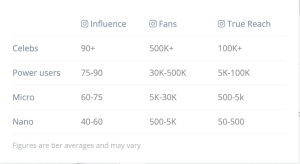How to Build the Right Influencer Marketing Campaign for Apps

Originally published on 01.19.19 and updated on 01.11.21. Influencer marketing has become a critical part of a successful brand’s marketing strategy. Whether major celebrity influencers like Kylie Jenner on Instagram, or micro bloggers in a Mom’s group, influencer marketing has caught the imagination of companies everywhere. With traditional marketing, you directly target the types of people you hope will become, or know already are, your customers. Influencer marketing brings a middle-man into the loop, an influencer with an audience consisting of your target customers. There’s a lengthy list of criteria these influencers must meet, but first and foremost they need to both appeal to and be trusted by your target customers, while aligning with your brand values. 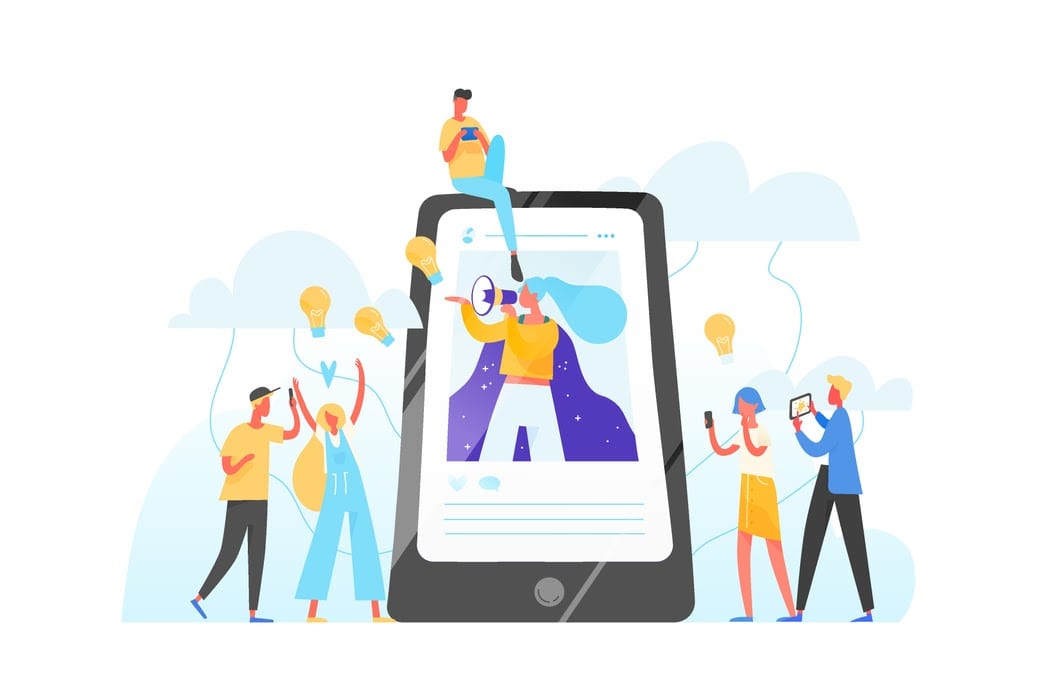
The Basics
Before we dive in, there’s absolutely one thing you must know about influencer marketing. It must never resemble a traditional ad, ever. That means no overly sales-y, scripted message, but instead an authentic one that remains true to the influencer’s original content. Authenticity is key to maintaining trust and appealing to the influencer’s audience. 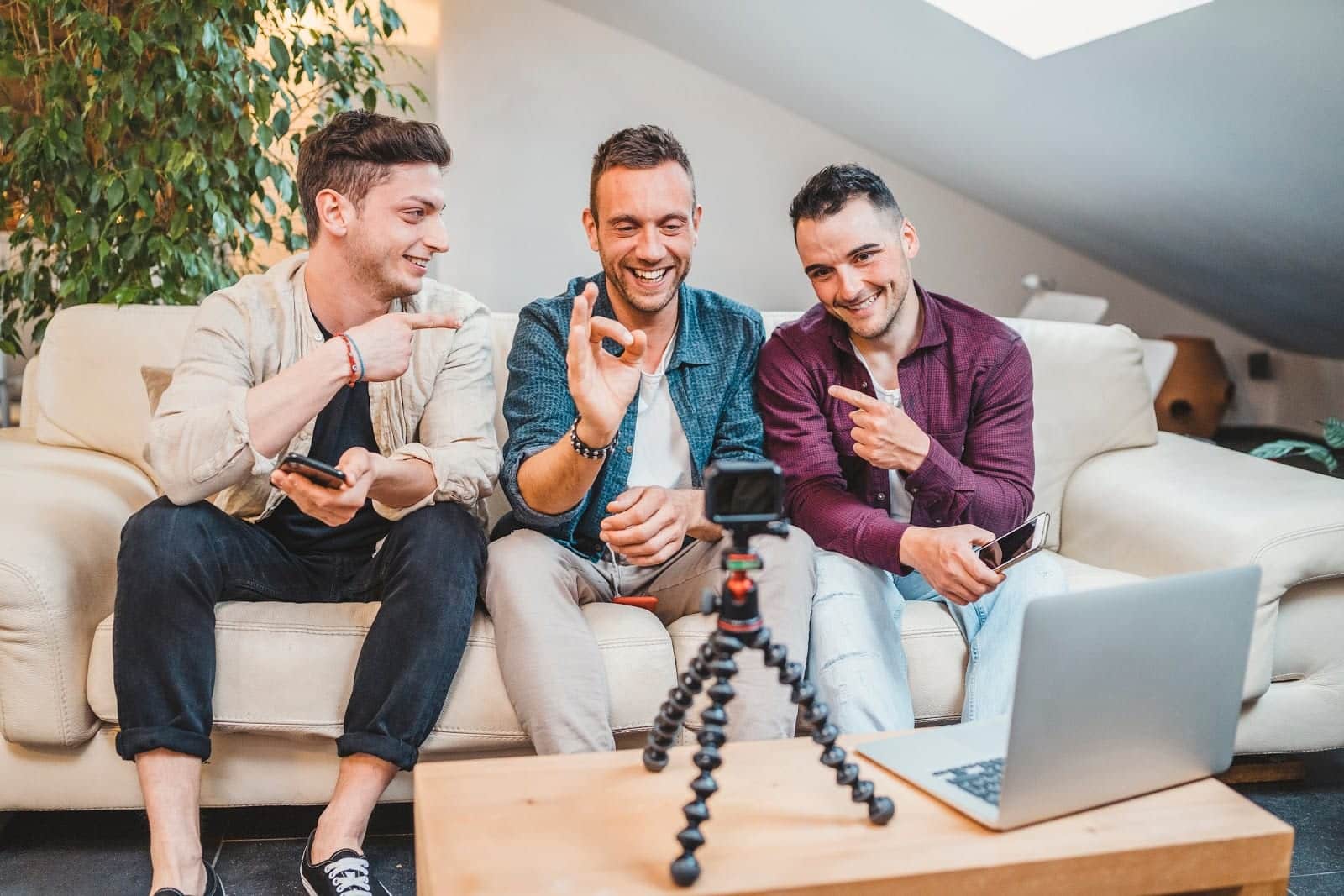
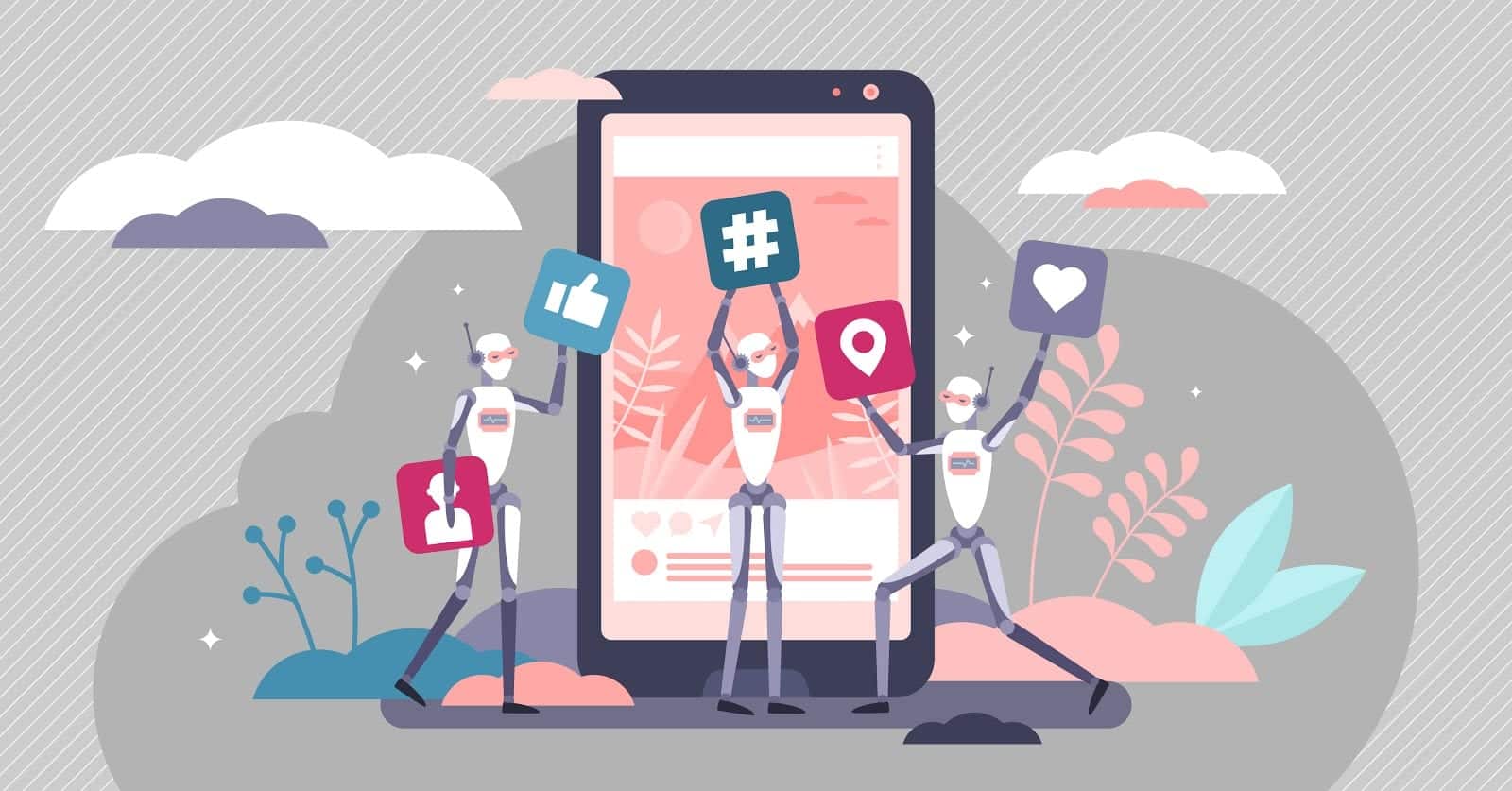
Set Your Goals and Track KPIs
Like with any successful campaign, it all starts with identifying your needs and setting business goals. Are you launching a new app? Expanding into a new app category? Perhaps it’s downloads you’re after, increased engagement, brand awareness, or sales of a product? Once your campaign is up and running, it’s crucial to measure and manage your KPIs to ensure these goals are met. Working with apps, you’re probably used to setting KPIs relating to CPI, CPA and CPM. However, influencer marketing is based on impressions more than activation and downloads. Often, its main purpose is raising brand awareness. Recently there’s been a movement towards a more performance campaign side to influencer marketing, but we still recommend setting realistic expectations. This means understanding that CPI, CPA and CPM shouldn’t be your main focus here. You should expect influencer marketing to drive more brand awareness than a high amount of installs. Whatever goals you set, the nature of your campaign will be slightly different, from the medium to the message to the influencers you choose. A successful influencer campaign is built on a holistic approach where all of these elements work together seamlessly to provide an authentic and compelling message to your customers. You need to establish very clear action steps and KPIs with your chosen influencer(s), and share the results of these on a regular basis to keep them engaged. A good way to track results is through attribution partners. They allow you to place a link that tracks the source of an install, so you can easily assess conversions and success rates. And of course, you can ask to see impressions data from the influencer directly. Deadlines are also important when working with influencers. They need to be made aware of the specific times you need all of the content to be live by in order to meet your established goals. These deadlines need to come after the influencer has had a chance to familiarize themselves with your app and you’ve had the chance to review the content and request any necessary changes. As an agency, we’re always striving to keep the influencer(s) invested in the outcome of your campaign. Nobody wants to feel like a paid mercenary, so the more context, passion and information you share, the better. Keep it brief, though, as your influencer will be busy recommending your product to their army of followers!
Key Metrics for a Successful Campaign
Engagement is the biggest indicator of an influencer’s trustworthiness, and the biggest indicators of engagement are the likes, comments and views on their content, as well as how much it’s shared. Don’t forget to dissect these engagement indicators, though – it’s important to recognize the percentage of these that come from your target customers. It’s a good idea to ask an influencer to send you a report for each piece of content they share as part of the campaign. Included can be the engagement rates you can’t see for yourself, such as any Stories related data (e.g. views and swipe ups). This is also the best way to ensure the influencer is delivering as promised. Since they’re not your direct employee it can be hard to keep track any other way. If you’re trying to generate sales from within your app, a great way to track those coming from your influencer marketing campaign is by using discount codes. Each influencer can have their own discount code to offer their followers, and each time it’s used you’ll be collecting more data on the success of your campaign. Another way to track is by using tracking links. You can send customized links to an influencer that can be used on any social media channel, and they allow you to track the associated data. This is a great way to avoid sole reliance on metrics such as likes and comments when there’s a lot more to an influencer campaign than just those. With tracking links, you can access insights into app store listing views and conversions to gauge the success of an influencer’s work for your business in an automated way.
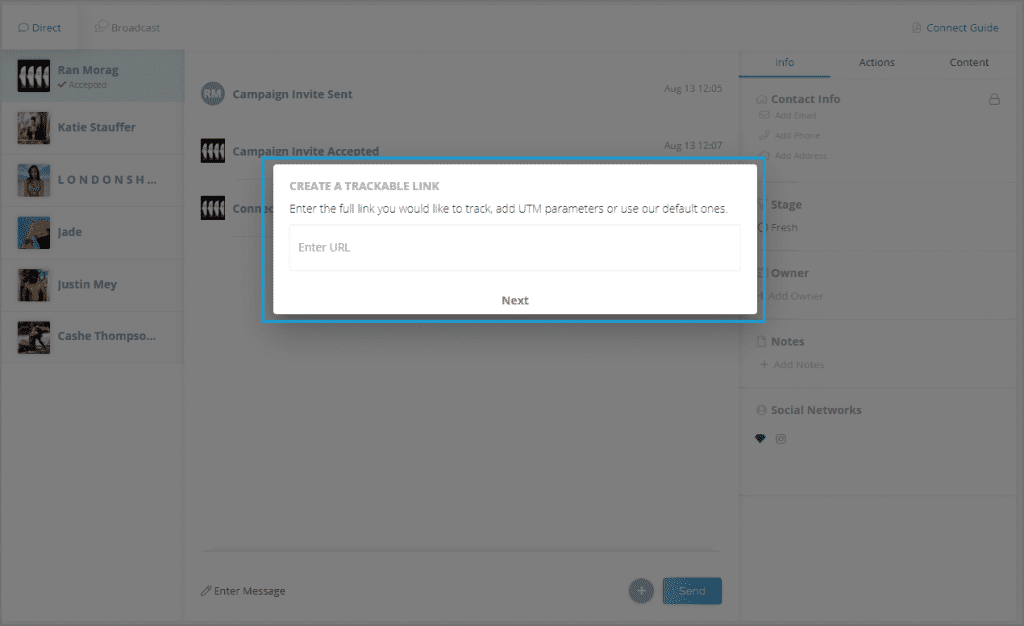
image source: Klear
Choose Your Influencer(s) Carefully
The right types of influencers for your brand will have to resonate with your target users, and also be able to deliver on the goals you’ve set. Here are some questions to ask yourself:
- Which platforms are this influencer strongest on?
- Which platforms are my target users most engaged with?
- Is this influencer someone that my target users respect and engage with?
- Does this influencer have the reach I require?
- Am I going to have to expend resources in amplifying this influencer’s reach to ensure the message doesn’t miss my target audience?
- How aggressive do I want to be in pushing my app?
- Does this influencer operate in the same industry as my app?
If your brand is a fast fashion e-commerce app, for example, and your target audience is teenage females who are striving to keep up with the latest trends, then the relevant platforms would likely be Instagram and TikTok. The appropriate influencers would likely be Gen Z fashion influencers with an engaged audience on these platforms. A good engagement rate indicates a dedicated follower base as opposed to bots paid for to bolster the follower count. Within the whole micro vs macro-influencer debate, the logic behind choosing a micro-influencer over a celebrity to promote your app goes as follows. How many times do you hear a celebrity endorsing a product and roll your eyes because you know the chances of them actually using it are slim? But if you’re following a micro-influencer, it’s not because they’re famous. It’s because you like their content, or appreciate their opinion. You trust them. Hence why they often have a stronger influence on their audience than celebrities. Do keep in mind that various influencer platforms define macro and micro-influencers in different ways. For example, Klear is an influencer platform that doesn’t classify anyone as a macro-influencer, but a ‘power-influencer’ instead.
Narrowing It Down
It’s helpful to get an understanding of the type of accounts your target audience follow, and specific influencers if possible. Additionally, you should make sure the influencers’ prior content matches your brand’s image. What is their previous exposure in the influencer marketing space? If they’ve promoted things your stakeholders would find off brand, you should keep looking for other influencers that are a perfect fit. Or, there might be limitations. Are they going to be allowed to work on an Apple Maps campaign if they’ve previously worked with Google Maps? Also, how often do the influencers share sponsored posts? There’s such a thing as sponsor saturation and it’s bad. If their followers are already being spammed with excessive sponsored content, then they’ll begin to drop off like flies, or at least lose engagement. An influencer with more organic than paid content is your best bet, since it proves that they’re selective about the brands they work with and are therefore more trustworthy for their audience. However, looking for previous paid content isn’t always a bad thing as it can also indicate reliability. If an influencer has a history of working with brands then this can suggest they know the ropes. With so many factors to consider, we know how overwhelming it can feel. Which is why it’s often your best bet to get an agency on your side. When it’s their bread and butter, they know exactly what criteria to look out for to ensure the best partnership between you and your influencer(s).
Consider the Reach
Reach is the number of accounts you could potentially reach from an influencer’s following. It’s important to pay attention to the amount of inactive users an influencer has among their followers since a lot of influencers pay bots to follow them. There are some telltale signs, but it can be inefficient and time consuming to figure this out manually. An influencer whose followers are made up of bots will have a lower reach than an influencer whose followers are a dedicated audience. 
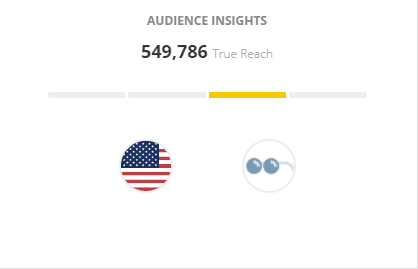
Ongoing Partnerships
If an influencer delivers your set goals, or even beats them, then you should consider working with them again. And if they don’t achieve your desired metrics, ditch them. Often companies believe that you should only work with the same influencer once to avoid oversaturation. But then what happens to all the data you’ve gained on how to get that specific influencer’s audience to convert? It will go to waste. Instead, use the knowledge of what content goes down best with their audience to your advantage by continuing the relationship. As long as their audience is responding well then you’re on your way to generating more conversions, and you’re avoiding the loss of any almost-convinced-but-not-quite-there-yet users who might require a bit more evidence before converting. Many companies choose brand ambassadors to foster these long-term influencer relationships.
Reach Out The Right Way
Once you’ve identified the right influencer for your campaign, it’s time to reach out. Influencers understand that brands will be reaching out to them – after all, this is what they do. In the past, it was common to reach out to influencers directly. Now, it’s more common to contact influencers via their agencies or platforms designed for this process. Many micro-influencers do still work independently, but influencers are shifting towards more agency representation. The same influencer platforms we mentioned earlier are used by mobile agencies to contact influencers in any relevant field. Not too dissimilar to social media itself, or a dating app, each influencer has a profile that brands or agencies can scroll through. The profiles’ display data that brands and agencies can use to select which influencers’ they’d like to work with. 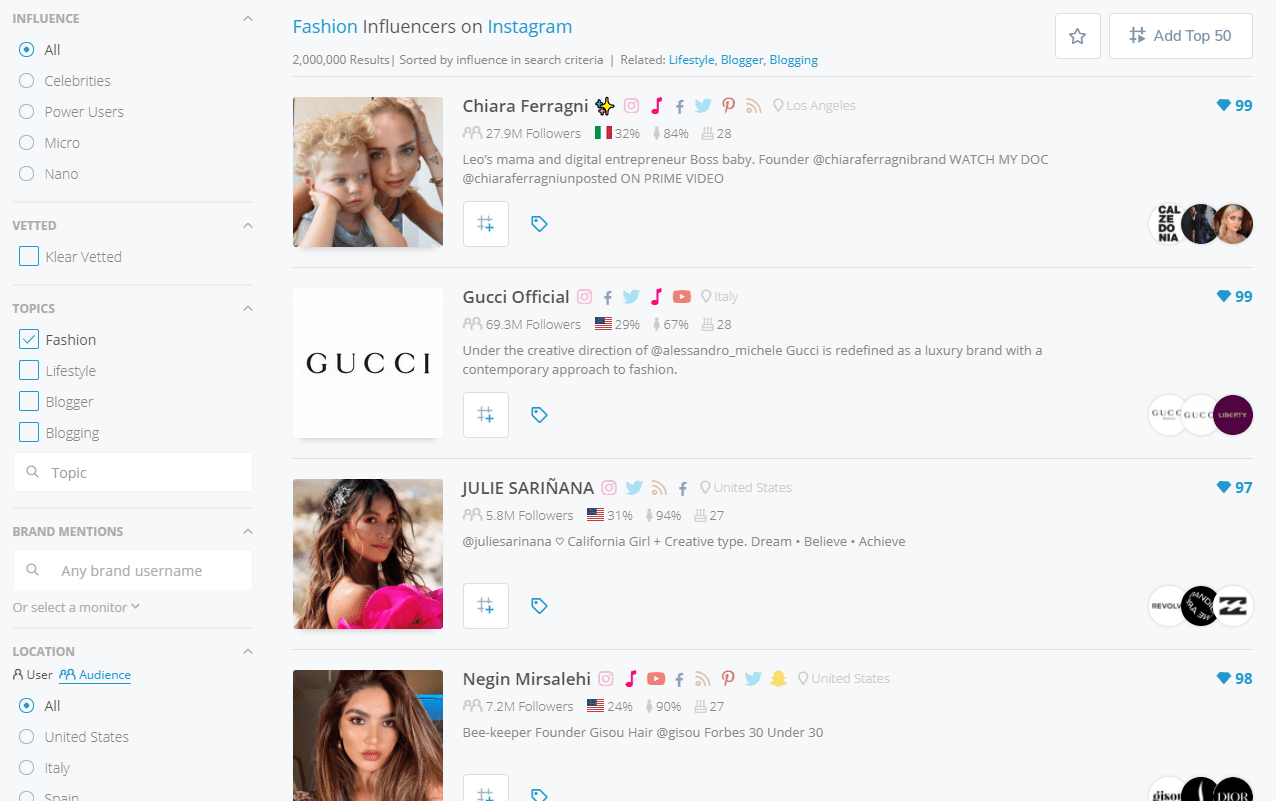
Creating Your Brief
There are many elements to be considered when creating your brief. First and foremost, it must be clear and to the point. Beyond that, it must also have guidelines referring to:
- The USPs you want the influencer to mention.
- The Call To Action you are requesting; most likely to download your app. It’s wise to keep just one Call To Action to avoid confusion. You should also request when and where you want your CTA to appear in the content, e.g. for a video, you may want it in the first and last 30 seconds with an attached tracking link directing users to the app store listing, or for an Instagram picture you may want it in the first sentence of the caption (above the fold).
- The format specific inclusions. It’s always important if the content is in video format to include footage from the app. That way, viewers get to experience a snippet before they commit to downloading, increasing both the likelihood of an install and a higher retention rate.
- Whether you want them to take a multi-platform approach and promote your app on all of their social channels.
There are a number of different agreements you can sign with influencers. These could range from a simple mention with a short description of your app on their social channels to a full blown demonstration. Naturally, the former is the cheapest option and the latter is the most expensive. In an app demonstration, the influencer should explain your app features and how they themselves use it. The aim is to equip users with all the knowledge they need to decide whether they want to download the app for themselves.
Let the Influencer Lead the Way
An influencer is often a brand in their own right. However, unlike a brand, you’re dealing with an individual person’s ego. You therefore need to ensure you’re communicating with them effectively and that your brand vision fits their brand aesthetic. 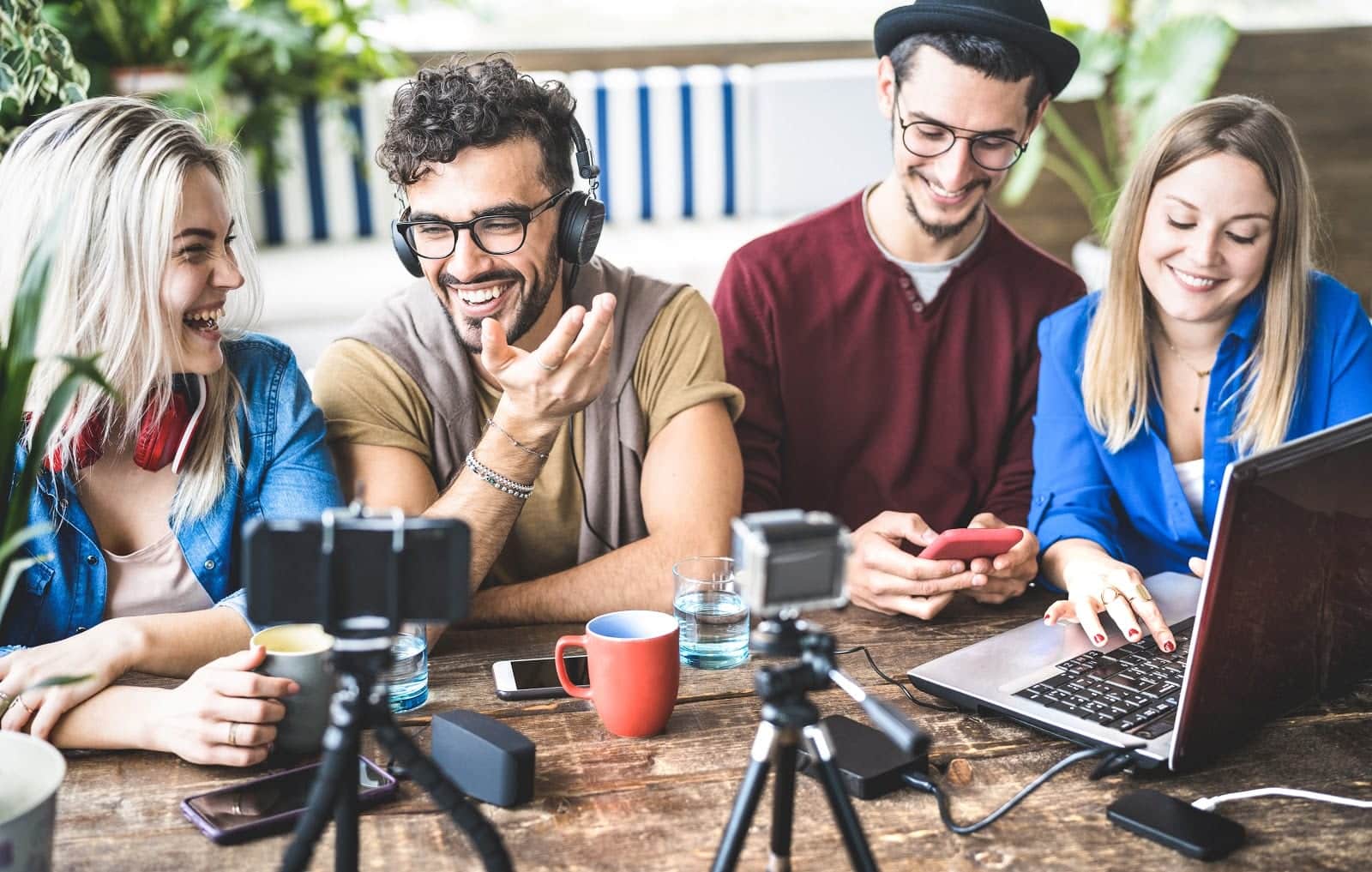
Understanding the Budget
The type of influencer impacts the amount of money they’ll expect to earn from a campaign. Of course a celebrity influencer will cost you a lot more than a micro-influencer. Generally, the bigger the reach, the more expensive they’ll be. For example, someone with Lady Gaga’s following can cost between $750,000 to $1,000,000 for a post, whereas a micro-influencer can charge around $200. This is what makes influencer marketing accessible for all businesses, no matter the size. There’s a budget for everyone. Once upon a time, only celebrities had the ability to reach large followings with a strong influence, and only big companies could afford to recruit them for advertising. Now, with the rise of social media, any businesses can enter into an agreement with an influencer who fits their specific budget and needs.
Influencer Marketing – An Important Tool
While influencer marketing is an important tool in your overall strategy, it cannot be relied upon exclusively to get the results you’re looking for. For example, if an influencer recommends your app but it has bad ratings and poor screenshots in the App Store, you’ll have wasted a lot of money with little to show for it. When it comes to a holistic digital marketing strategy, get in touch with the best. Contact us to find out more, and you could have your successful influencer marketing campaign up and running in no time.
Follow the Rules
There are lots of rules and regulations when it comes to influencer marketing. It can be overwhelming to get your head around, but agencies are always there to help with their expert industry knowledge. After all, it’s not just the influencers who have rules they need to abide by, your brand reputation is at stake too. Each country has their own rules that influencers must follow, but if you’re operating within the United States then it’s the Federal Trade Commission that rules the way. The FTC is all about disclosure, which means you must include disclosure in the contracts you send to influencers. Disclosure means that each sponsored post must be declared as such, and the FTC guidelines stipulate what constitutes a sufficient declaration. 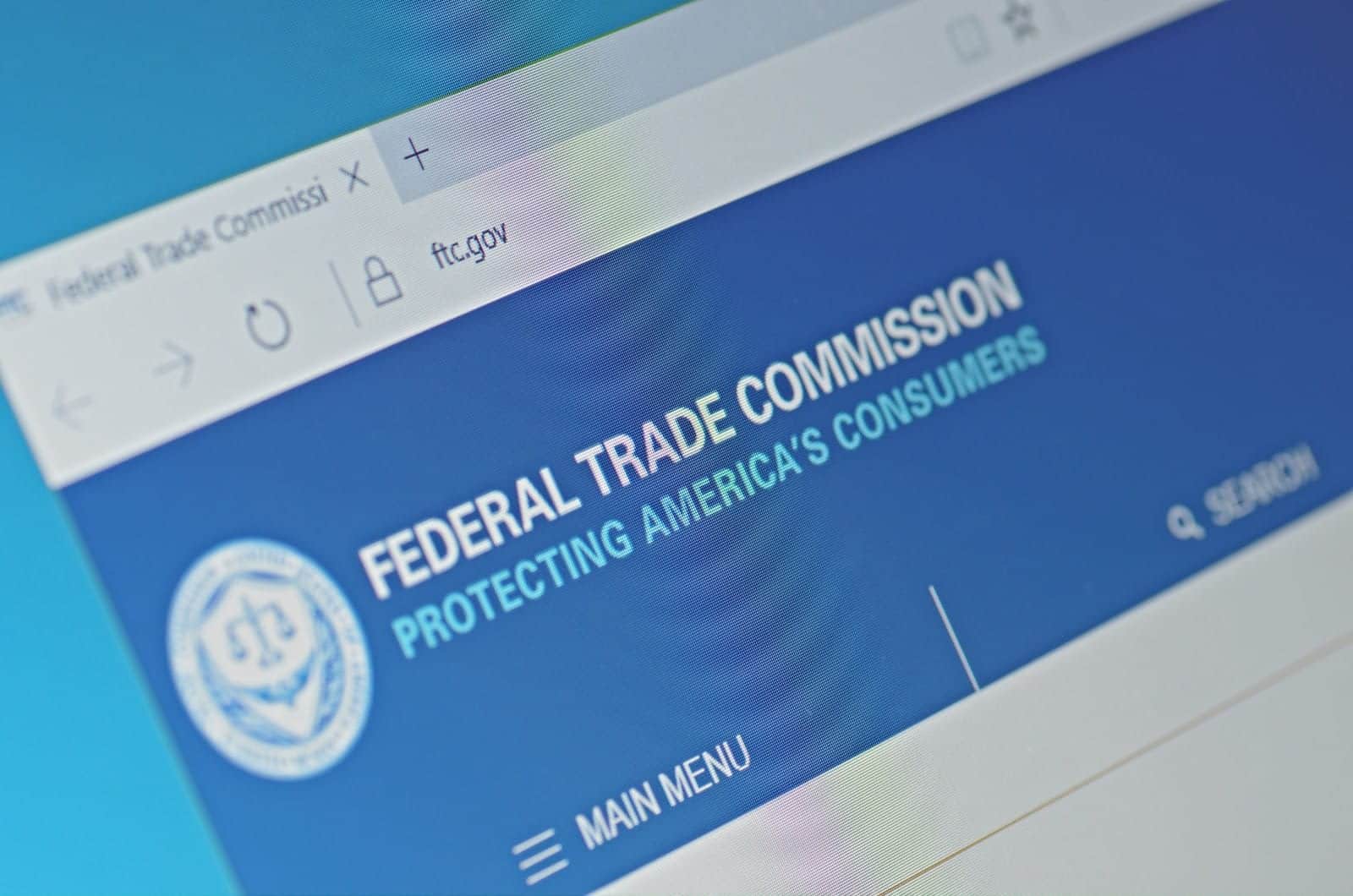
Influencer Marketing Campaign Ideas
We’ve delved into the ins and outs of influencer marketing campaign best practices. But what about the actual campaign ideas? What can you ask influencers to do to generate brand awareness and more installs for your app? There are countless ways to get creative, and as mentioned earlier it’s advisable to listen to the influencer’s ideas of what content goes down best with their audience. For some guidance, the most common influencer marketing techniques come in the following formats:
- Sponsored content: your brand pays for a feature on the influencer’s social media or blog, usually content created by the influencer themself to maintain authenticity. They could showcase how they use your app to their audience, simply recommend your app to their audience, etc.
- Social media takeover: an influencer can takeover your social channels for the day. If they share the takeover on their social media, it can bring their dedicated followers over to your channels and raise your brand awareness.
- Celebratory launch gift: PR gifts relating to your product launch or new update can be sent to influencers. It’s common for influencers to unbox their PR gifts on camera to show to their audience. You can send a relevant gift in exchange for a shoutout or review of your app.
- Content exchange or guest posts: you can share content on an influencer’s blog in exchange for them sharing content on yours. Or, you can simply request a guest feature on their blog.
- Giveaways and competitions: by getting an influencer to share these on their channels, you’re opening yourself up to their audience.
- Discount codes: influencers can have unique discount codes to share with their audience that encourages them to download your app.
- Challenges: in the new TikTok influencer marketing landscape, challenges (in particular, brand hashtag challenges) have taken center stage. If you want to raise brand awareness at the same time as establishing your brand identity, this can be a great way to go. Make sure the challenge is something relevant to your app so that it all ties together, and whoever is exposed to it can see what a great app you have.
Know your Social Media Platforms
We’re not going to lecture you all about which social media platform has precisely which demographic. While we all know there is more of a Gen Z presence on TikTok vs. a ‘mommy blogger’ stereotype on Facebook or Pinterest, and that you’re more likely to find teenagers on Snapchat than middle-aged professionals, there’s also no one-size-fits all cloak you can put on each platform. It might surprise you to discover that 35% of registered TikTok users are actually over the age of 35. We bet you didn’t see that one coming. 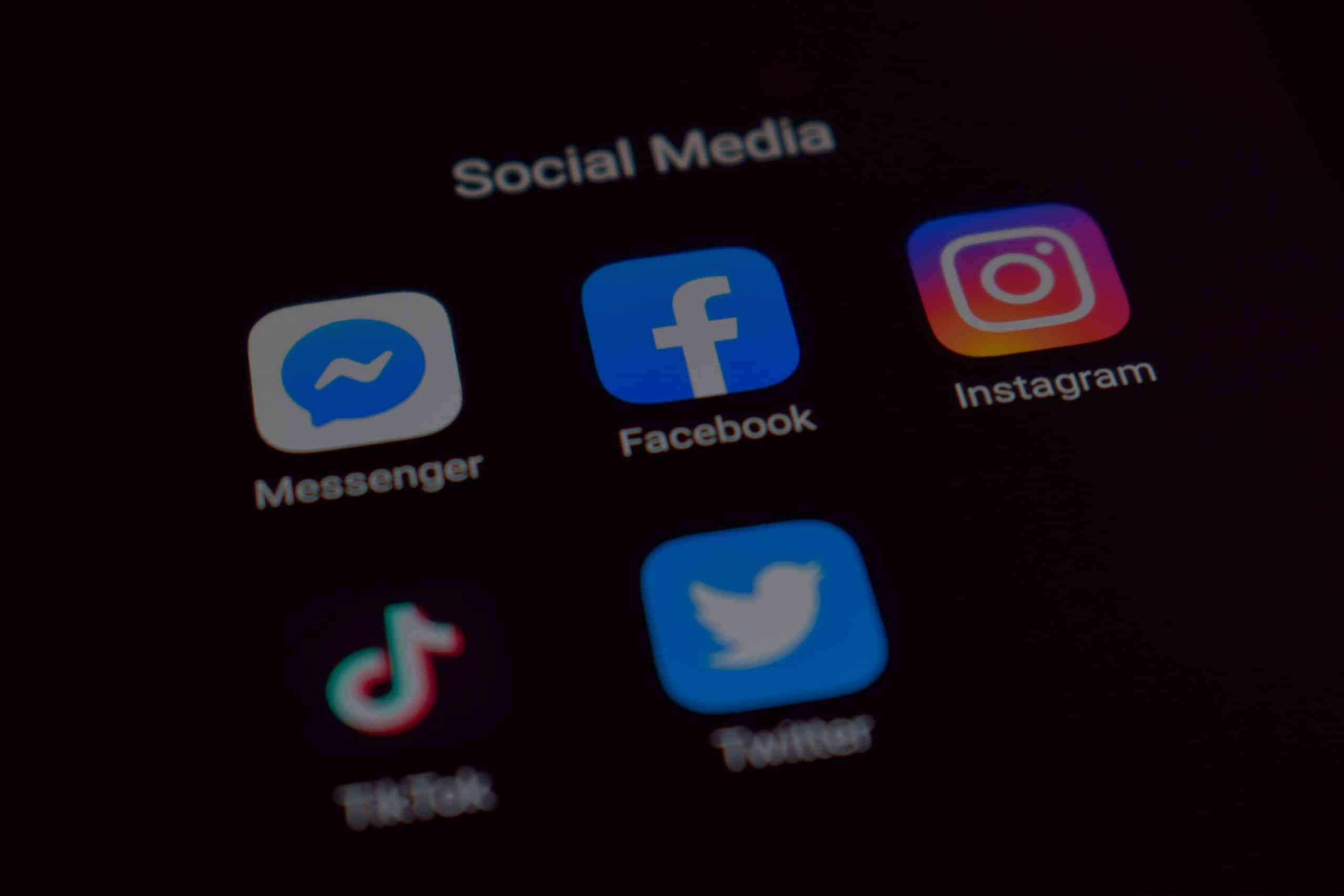
Conclusion:
Influencer marketing is not as straightforward as it may seem from the outside. Look at it like this: if you’re working with influencers, you’re trying to achieve results from people who don’t actually work for you. They’re operating their own brand and probably leading a busy life, so you need to be clear with exactly what it is you want from them. And if you’re working with 20 influencers, well…it’s complicated to keep track of who’s having issues with what, who’s delayed with posting, who’s hitting your goals and who isn’t. You have to deal with a lot of people’s egos and scheduling issues while making sure nothing falls through the cracks. That is, unless, you enlist the help of an agency with all the internal capabilities to alleviate your stress. As touched upon above, agencies will have access to the best platforms, allowing them to run the best campaigns with a data driven approach. These platforms are $20,000-$50,000 a year – expensive, we know. It can be hard to afford these alone, but the difference they can make to the efficiency of planning and effectiveness of running your campaign can make a world of difference.



